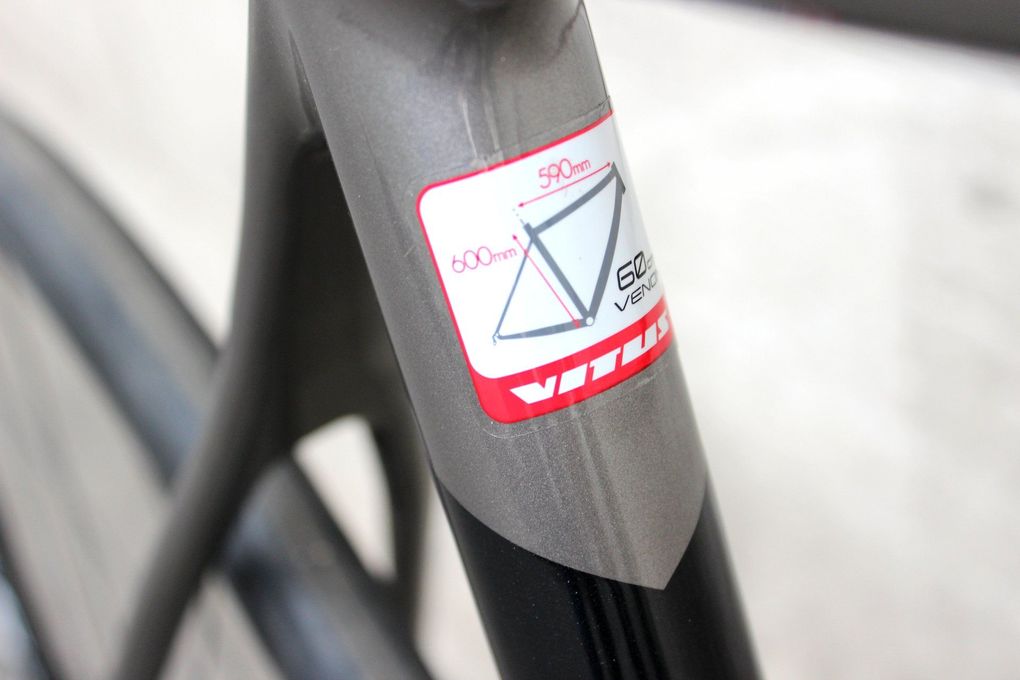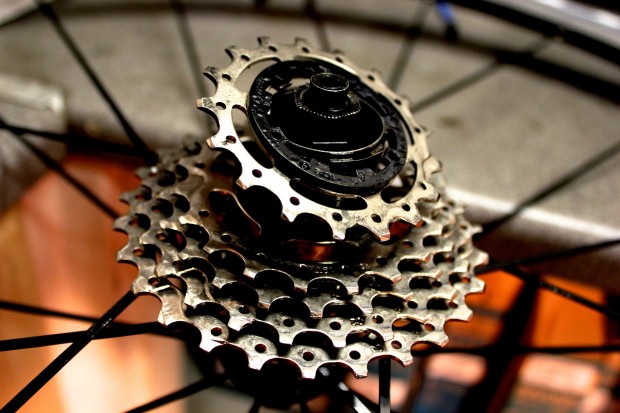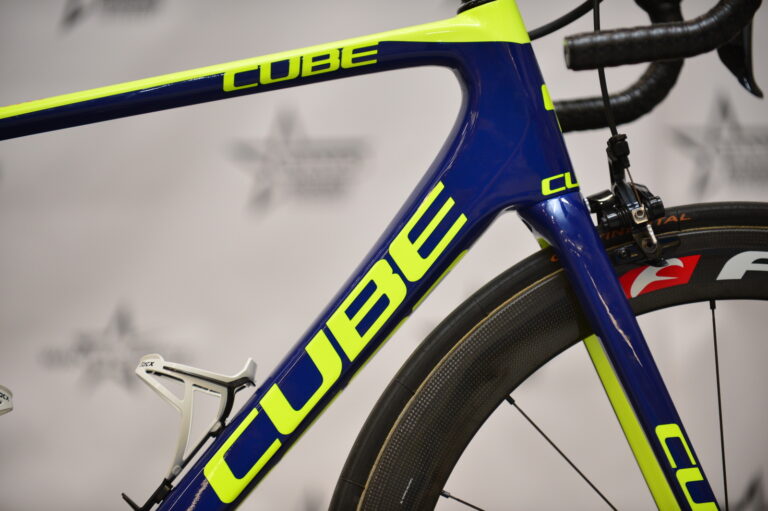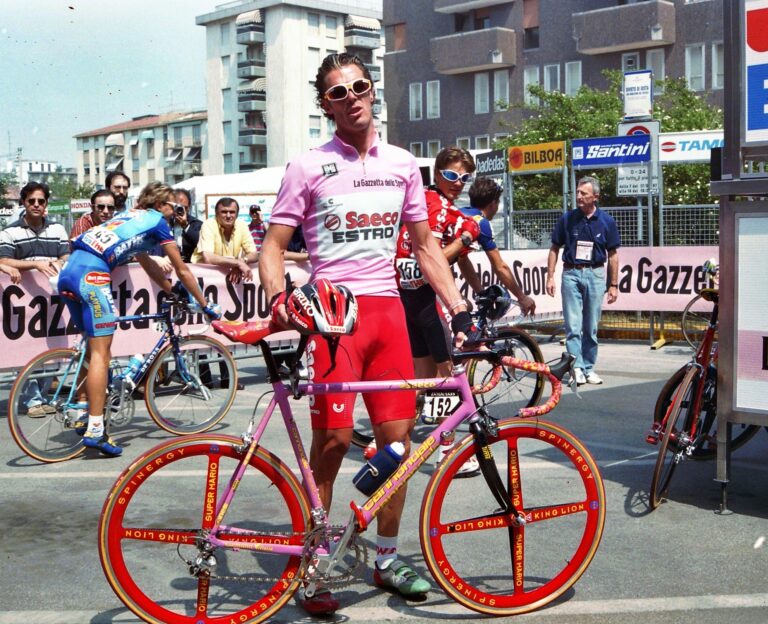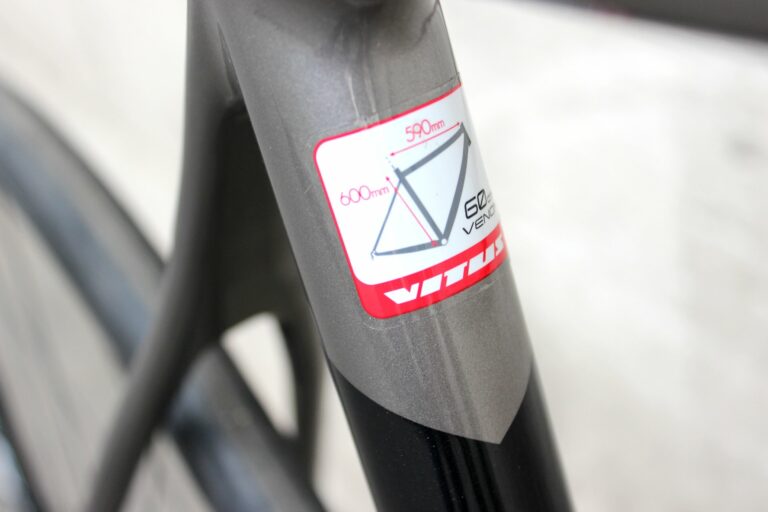The old cycling adage applies: you can never have too many bikes. So often it seems that as soon as we’ve bought our latest bike, we’re already looking at the latest machines on the market in preparation for our next purchase. The n+1 rule is king.
Perhaps you want to upgrade your current bike, or you want a machine designed for a specific job in hand. Perhaps a winter, gravel or touring bike. But your next purchase needn’t have to be a new bike – there’s also a booming market for second hand bikes looking for a good home.

However, buying second-hand can be a minefield, because you not only need to take into account the same considerations you would as when buying a new steed, but also make sure it’s fit for the job.
We’ve had a chat with second-hand bike dealers, west-country experts Julian House Bike Workshop, to help point you in the right direction.
Make sure it suits your needs
It sounds obvious, but no bike buyer’s tip list would be complete without ensuring you’re buying the bike that’s right for you. So forgive us if we seem to be repeating ourselves. However, Laura Thorne, head mechanic at Julian House Bike Workshop in Bath, is keen to stress this key point, too.
A bargain second-hand bike is only a bargain if it does what you need it to do. Consider things like the geometry (do you want a slammed, aggressive race bike, or a more relaxed endurance bike?), whether you want mudguard and rack mounts, tyre clearance – in fact, anything that would cross your mind when paying a new bike at full price.
“You need to know what the bike will be used for,” Thorne says. “Are you going to be using it to potter around, going to the shops, or intend to do club riding on it? Eyelets for panniers may or may not be a factor for you, for example, and with the wide range of bikes you’ll find in second-hand shops knowing, what you actually will make use of is important.”

